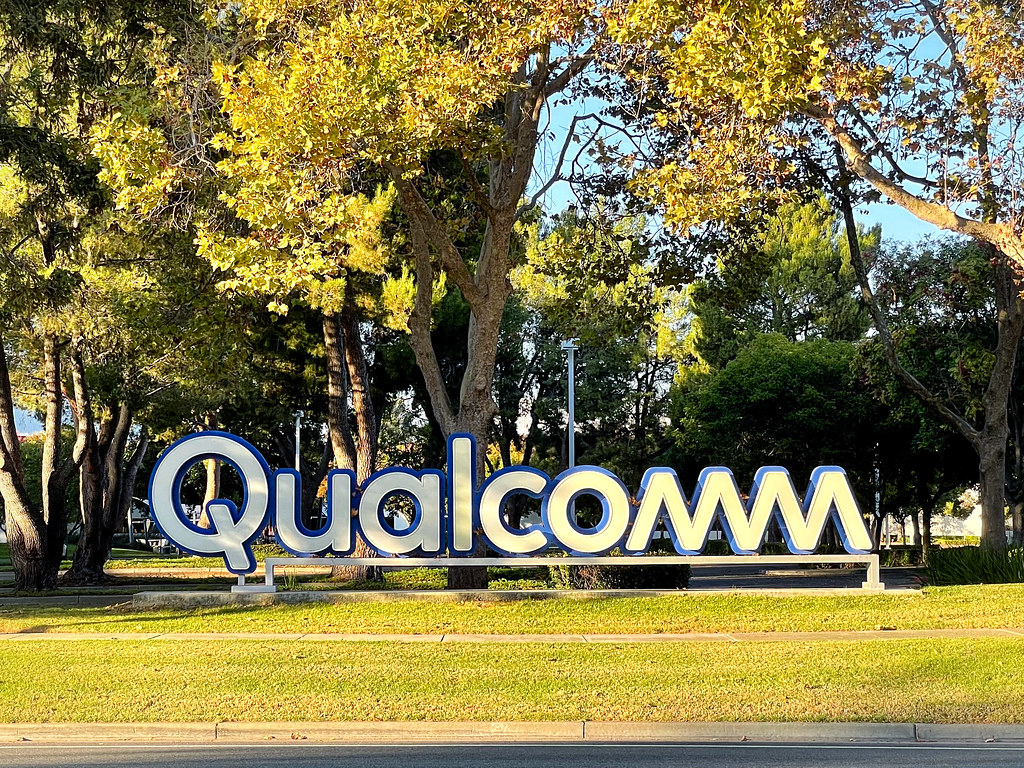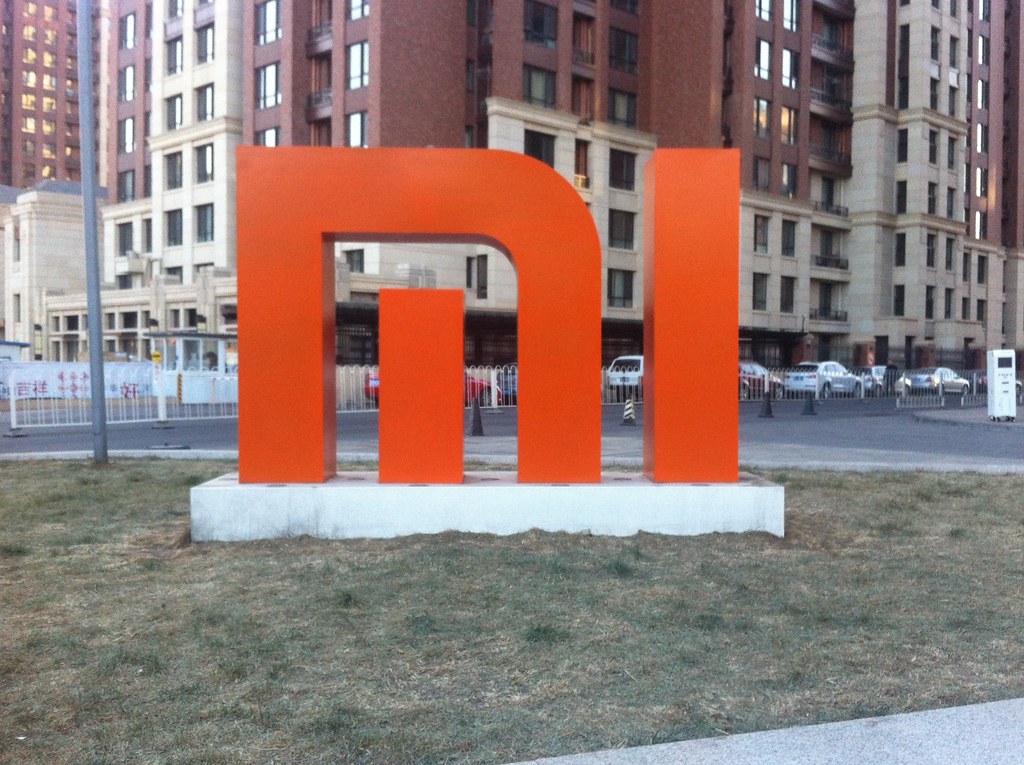Xiaomi, the Chinese tech giant, announced its commitment to invest at least 50 billion yuan ($6.9 billion) over the next decade to develop its own chips, a move aimed at bolstering its technological independence amidst growing trade tensions between the U.S. and China. CEO Lei Jun made the announcement in a Weibo post on Monday, highlighting the company’s efforts to double down on home-grown technology.
Investment Timeline and Details
The 50 billion yuan investment will begin in 2025, according to Xiaomi. Lei also teased an upcoming launch event on Thursday, where the company plans to unveil its new system-on-chip, the Xring O1, which will power Xiaomi’s next smartphone.
The Xring O1 will be based on a 3-nanometer manufacturing process, one of the most advanced in the industry. For comparison, Apple’s A18 Pro chips used in the iPhone 16 Pro and Pro Max are also built on the same process. A system-on-chip (SoC) integrates various components required to run a device, such as a smartphone.
Qualcomm has been the primary supplier of SoCs for Xiaomi’s flagship smartphones through its Snapdragon chips. However, Xiaomi’s new move to develop its own chips signifies a strategic shift in its approach to tech development.
On Thursday, Xiaomi is expected to launch not only a new smartphone but also a tablet and electric car. It remains unclear which devices will feature the new Xring O1 chip.
Xiaomi’s Effort to Compete with Industry Giants
Despite this shift, Qualcomm’s CEO, Cristiano Amon, reassured that Xiaomi’s decision would not affect its business. “We remain a strategic supplier of chips for Xiaomi, and most importantly, Qualcomm Snapdragon chips will continue to be used in Xiaomi’s flagships,” Amon said.
Designing their own SoCs is a rare move for smartphone companies due to the complexity and cost of the process. Companies like Apple, Samsung, and Huawei have ventured into designing their own chips, while others rely on suppliers like Qualcomm and MediaTek.
The advantage of self-designed chips lies in the ability to create a more integrated hardware and software experience, differentiating products from competitors. The Xring O1 marks Xiaomi’s return to designing a key smartphone component, after previously releasing the Surge S1 in 2017. Despite setbacks, Xiaomi is aiming to make a significant impact in chip development once again.
Author’s Opinion
Xiaomi’s decision to invest heavily in developing its own chips is a bold one, and it could significantly alter the landscape of the smartphone industry. While this move positions the company to better integrate hardware and software, it also demonstrates a long-term commitment to self-sufficiency in the face of external pressures. However, the real question will be whether the investment will result in meaningful differentiation from competitors or just be another costly experiment in the highly competitive chip-making space. Xiaomi’s success with the Xring O1 could reshape how it competes with industry giants, but its impact will depend largely on execution.










